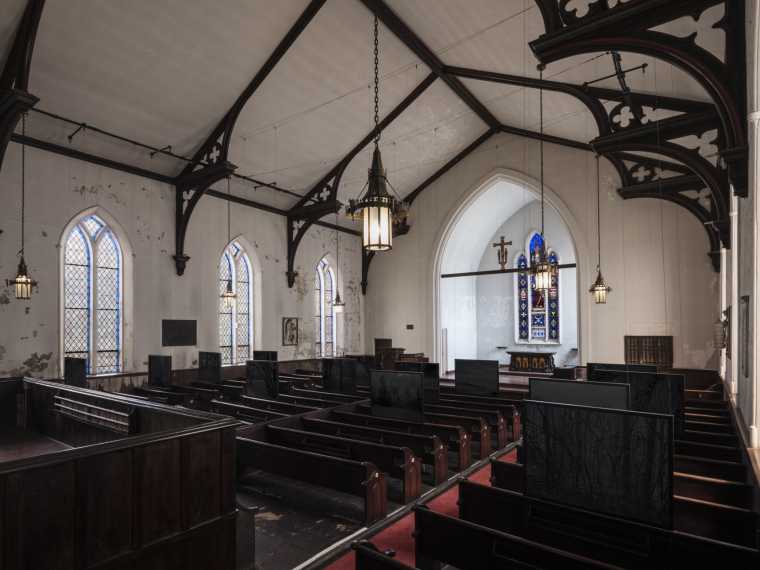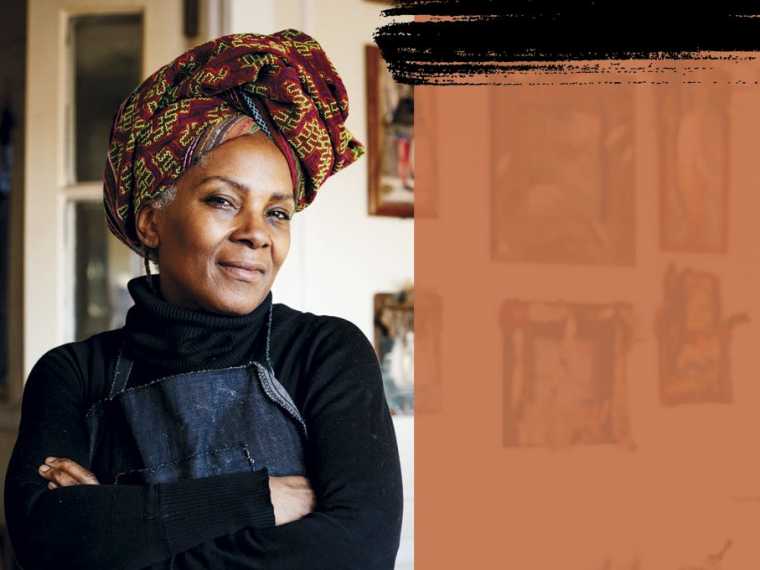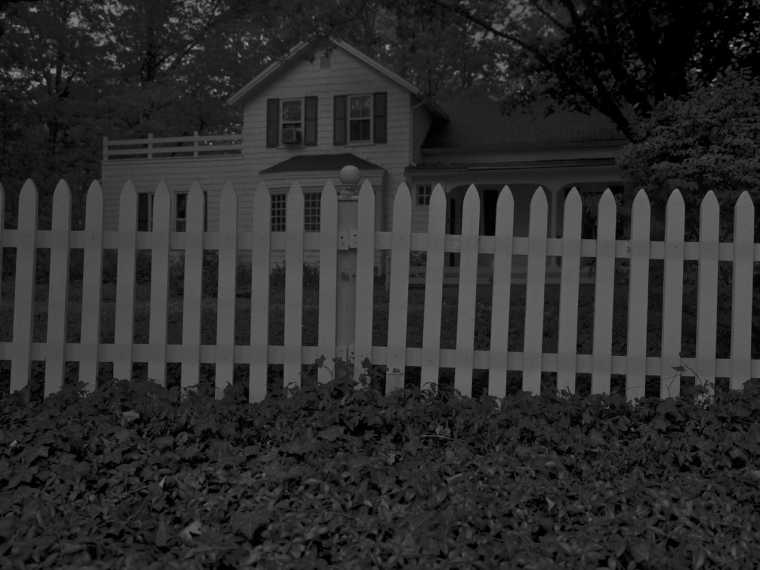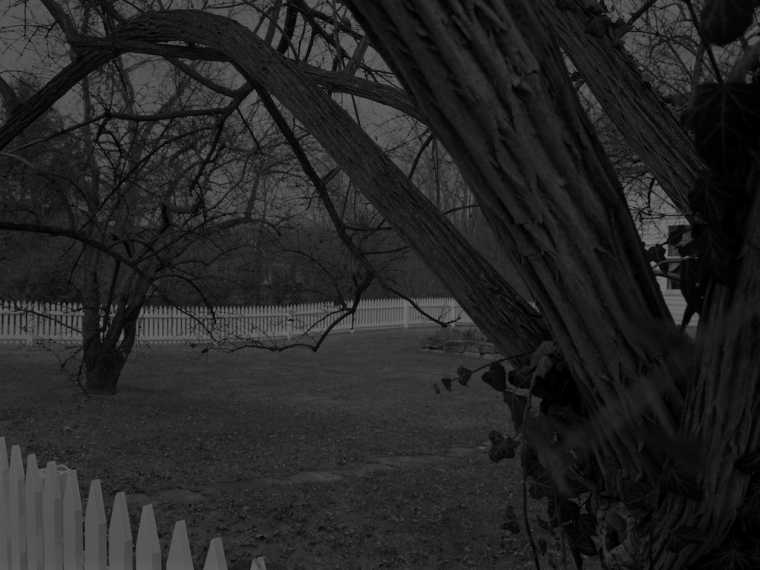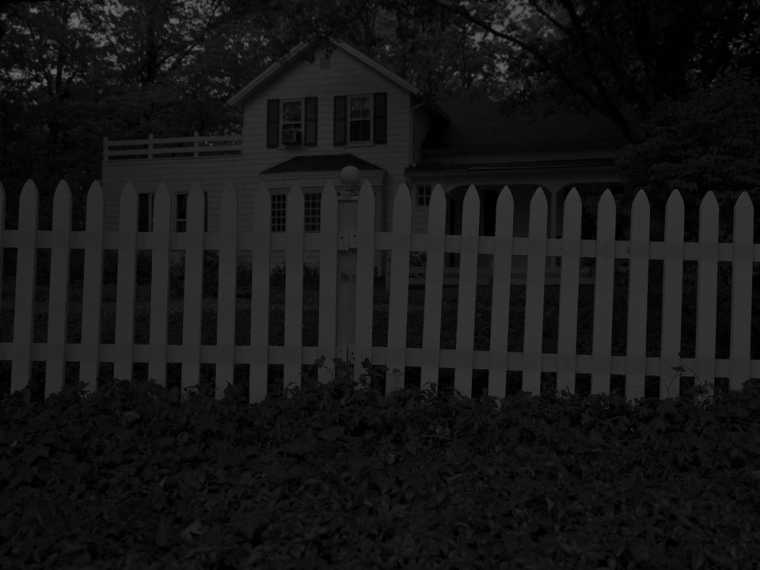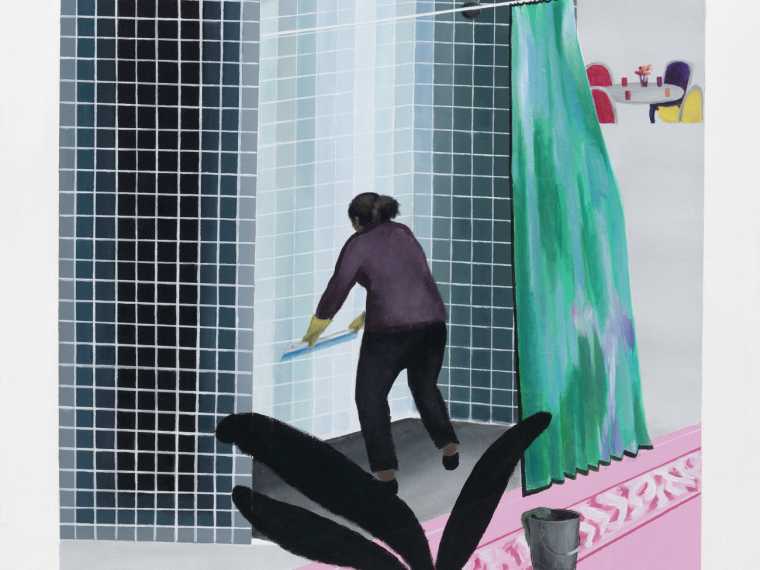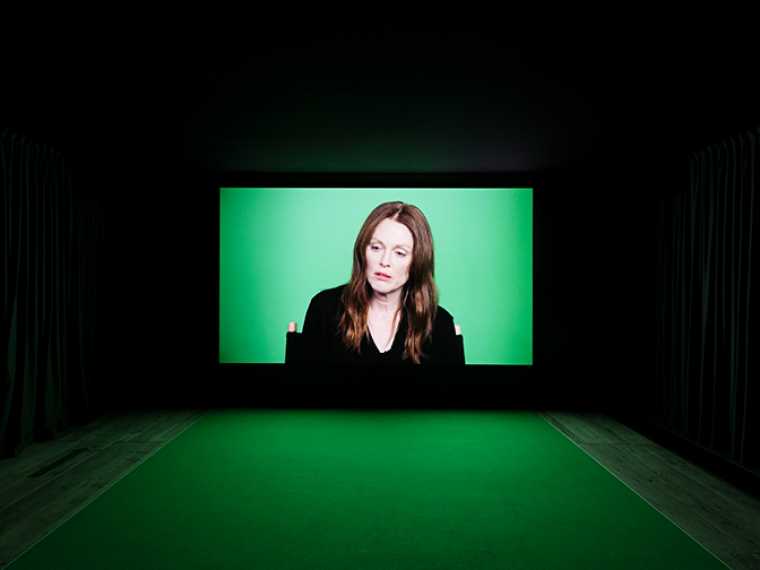Richard D. Baron ‘64 Gallery, Oberlin College
65 E. College St.
Suite 5 Oberlin, OH 44074
Toby’s Plaza, Case Western Reserve University
Uptown Pedestrian Trwy
Cleveland, OH 44106
Hours
Wed–Sun: 11–5
St. John’s Episcopal Church in Ohio City has a rich history of involvement in racial and social justice spanning almost two centuries.
The history of St. John’s is deeply rooted in the history of the region and this neighborhood. Designed by famed architect Hezekiah Eldridge, and constructed between 1836 and 1838, the church is an early example of American gothic revival architecture. In the immediate years following the construction of St. John’s, the parish became a center in the fight against slavery, most notably for its role in the Underground Railroad. The bell tower served as a lookout for boats on Lake Erie taking runaway slaves to freedom. This led to St. John’s being known to many as “Station Hope”.
Within this space, Dawoud Bey, Chicago-based photographer, presents a unique installation of commissioned photographs on the idea of the Underground railroad, “which is as much myth as it is reality….. The project is premised on the movements of slaves escaping to freedom, often under cover of darkness. The challenge … with this project is to make this history, which has always been invisible somehow visible, and to visualize that which cannot be confirmed in a way that then resonates in this particular moment.”
